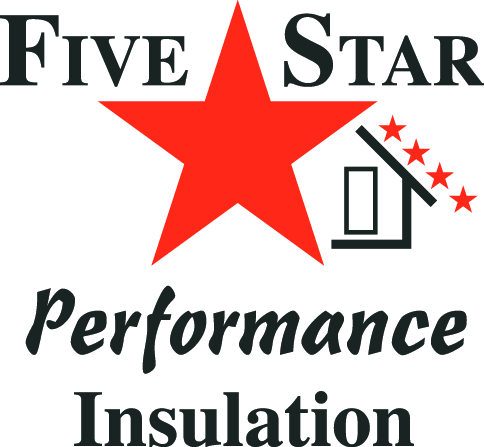Insulation is an essential part of any home renovation or new construction project. It helps reduce energy costs, saves money on heating and cooling bills, and increases the value of your home. There are several different types of insulation and it’s important to choose the one that’s best for your home. This article will explore the pros and cons of each type of insulation to help you make an informed decision.
Fiberglass
Fiberglass is one of the most popular types of insulation, both for homeowners and professional installers. When manufacturers make fiberglass insulation, they weave very fine glass strands together into layers or small particles, depending on what type of fiberglass product you’re looking for. The most common type of fiberglass is batts, which come in varying thicknesses. These rolled pieces of fiberglass are usually turned out between walls and ceiling framing. They are a popular option for DIY insulation because they’re inexpensive and easy to install.
Foam
Foam insulation is a great choice for many homeowners who are looking to improve energy efficiency. It reduces air leakage, provides sound reduction, and helps prevent moisture damage. Unlike fiberglass, foam can be sprayed into place and can be applied to walls, floors, ceilings, and more. It is also self-adhering, meaning it won’t tear up the floor or drywall during installation. However, it does require a professional to install properly and creates off-gassing during the process. It is a chemical substance, so individuals should always wear protective clothing and a respiratory mask during the application process.
Loose-Fill
Cellulose and fiberglass are two of the most common types of loose-fill insulation. Both materials are blown into cavities using a machine and are usually installed in attics or closed walls, but can be used in other areas, too. Cellulose insulation is typically made from recycled paper and is chemically treated to resist mold and fire. This type of insulation is ideal for environmentally conscious homeowners who want to reduce their carbon footprints and protect the environment.
Blown-In
Blown-in insulation is another popular type of home insulation that can be applied during construction or retrofitted into finished walls. It can be made of fiberglass, cellulose, or rock wool. Its primary advantage is that it fills the spaces between studs and ceiling joists, which can be more difficult to reach with rolled or batt insulation. It also fills gaps between trusses and wall stubs, which can reduce air leaks. However, blown-in insulation can settle and lose its thermal resistance over time. It can also lose its R-value if it gets wet, which could lead to mold and mildew problems.
